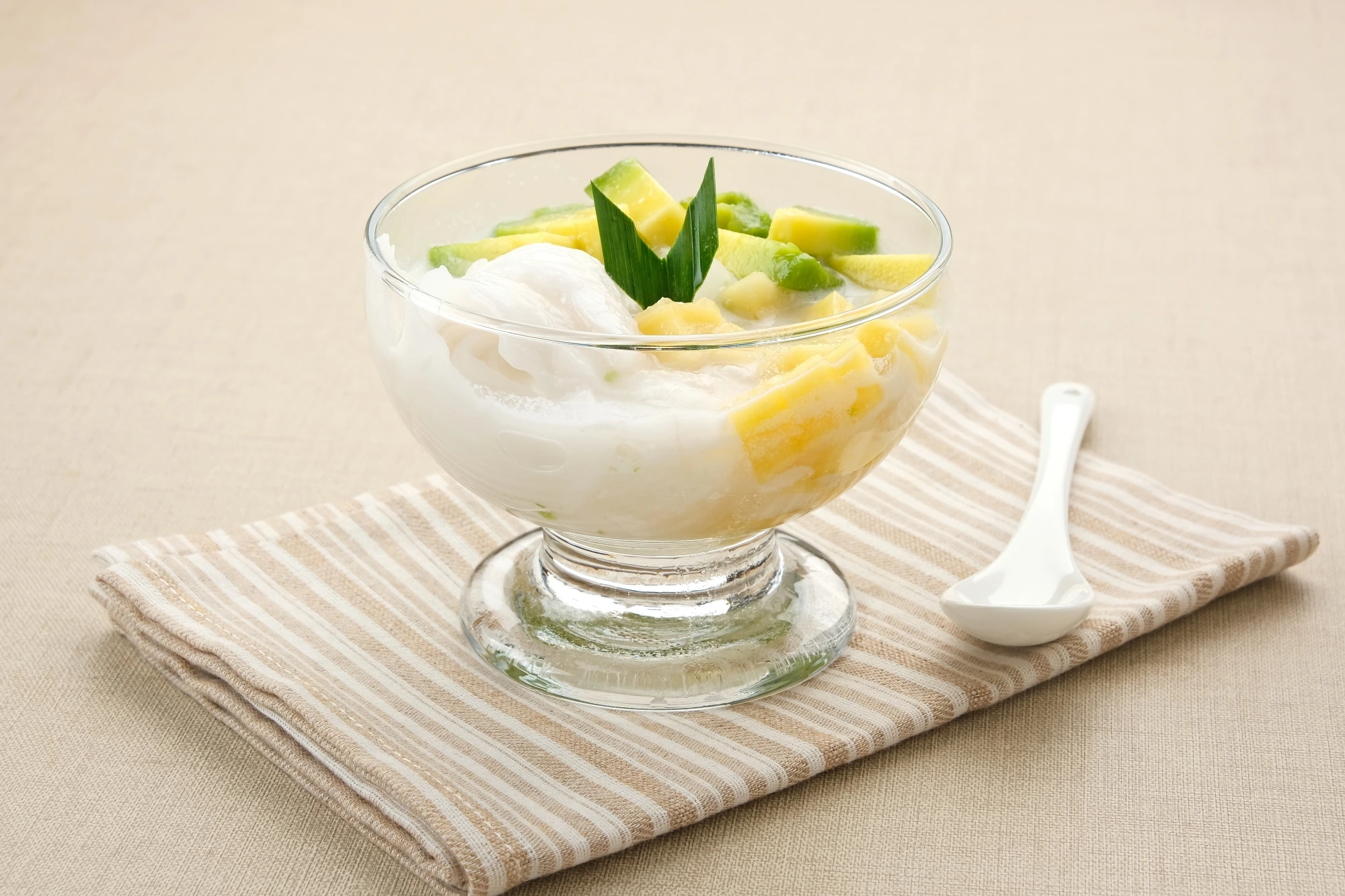 On a hot day, refreshing drinks like es teler and es oyen are hard to resist. Both are filled with a mix of fresh fruits, sweet syrup, and shaved ice that makes them look quite similar. In fact, many people think they’re the same thing. But actually, there are some clear differences between es teler and es oyen! If you’re curious, let’s explore what sets them apart, starting from their origin stories, typical ingredients, to the type of syrup or milk used. This way, you won’t call them by the wrong name when ordering your favorite iced dessert!
On a hot day, refreshing drinks like es teler and es oyen are hard to resist. Both are filled with a mix of fresh fruits, sweet syrup, and shaved ice that makes them look quite similar. In fact, many people think they’re the same thing. But actually, there are some clear differences between es teler and es oyen! If you’re curious, let’s explore what sets them apart, starting from their origin stories, typical ingredients, to the type of syrup or milk used. This way, you won’t call them by the wrong name when ordering your favorite iced dessert!
Key Differences Between Es Teler and Es Oyen
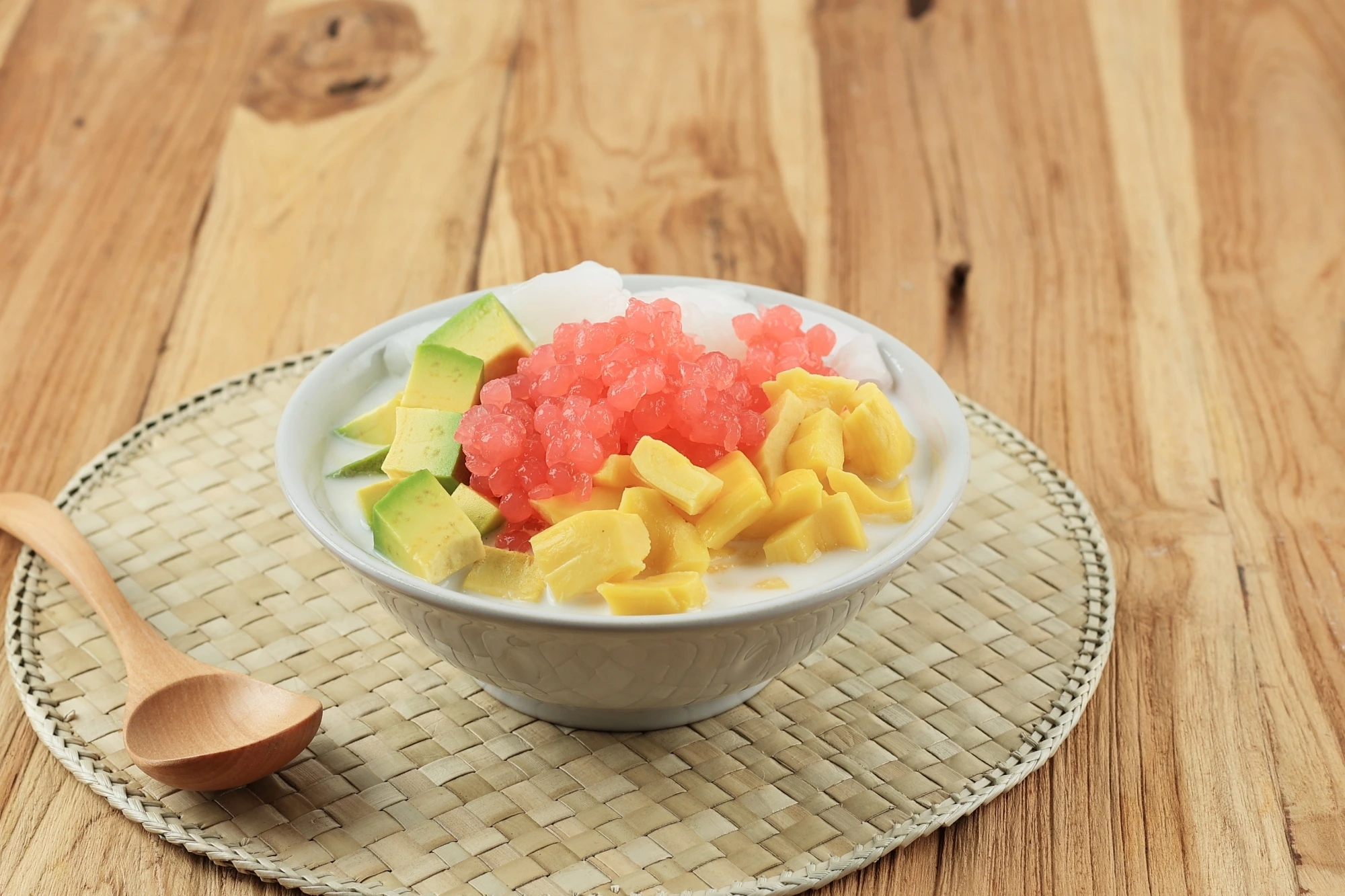 To clear up the confusion, here are some things you need to know the differences between es teler and es oyen:
To clear up the confusion, here are some things you need to know the differences between es teler and es oyen:
Origin
Es teler is one of Indonesia’s most iconic iced desserts. It first gained popularity around the 1980s in Jakarta. Interestingly, the name “es teler” roughly translates to “dizzy ice,” because its delicious taste was said to be so addictive, it could make people feel giddy or tipsy. It became popular through a small vendor near Jalan Semarang in Central Jakarta and soon spread throughout the country.
Meanwhile, es oyen comes from Bandung, West Java, and dates back to the 1950s. The name “es oyen” came from the nickname of its original seller who used to sell it around Jalan Sukajadi. The dessert became well-known for its colorful combination of fresh ingredients like avocado, coconut, and chewy tapioca pearls in a sweet, milky base.
Ingredients
At first glance, es teler and es oyen may look alike due to their colorful fruit toppings. But if you take a closer look, each has its own signature mix.
Es Teler typically includes avocado, young coconut, jackfruit, kolang-kaling (sugar palm fruit), and sometimes tape (fermented cassava). Some variations may add cincau (grass jelly) or even kopyor (soft coconut flesh) when in season. It’s usually topped with shaved ice, sweetened condensed milk, and red syrup, creating a rich and creamy texture.
Es Oyen, on the other hand, is known for its more varied and vibrant mix. Common ingredients include tapioca pearls (pacar cina), grass jelly, tape (fermented cassava), young coconut, kolang-kaling, and sometimes avocado, papaya, or melon. Its flavor and texture are more refreshing, with lots of chewy and fruity elements.
Syrup & Flavor
Another key difference lies in the liquid base or “sauce.” Es teler uses a mixture of sweetened condensed milk and red syrup, sometimes with added coconut milk, resulting in a creamy, rich, and indulgent taste.
Es oyen usually has a lighter base made from coconut milk and diluted milk, occasionally mixed with a bit of syrup. The result is a refreshing and sweet dessert with more varied textures thanks to its mix of ingredients.
Presentation
Both are served with crushed or shaved ice, but in real life, vendors often customize the mix depending on preferences or regional influences. So don’t be surprised if you find es teler with grass jelly, or es oyen with jackfruit in some places.
Read More: Es Kuwut Recipe: A Refreshing Balinese Drink Perfect for Iftar!
Make Es Teler and Es Oyen Healthier with FiberCreme!
Now you know the differences between es teler and es oyen! While they may look similar, each one has its own distinct characteristics, from ingredients and flavors to cultural origins.
Want to make these desserts at home? Absolutely! And if you’re looking for a healthier, still creamy version, try replacing coconut milk or sweetened condensed milk with FiberCreme.
FiberCreme is a versatile powdered creamer that works as a plant-based alternative to coconut milk or dairy. It’s high in fiber, low in sugar, and contains 0 mg cholesterol, so you can enjoy your favorite iced desserts without guilt.
Let’s explore more healthy and creamy iced dessert recipes using FiberCreme! Check out @FiberCreme_TV on Instagram and the Ellenka YouTube channel for fun and easy recipe inspiration.

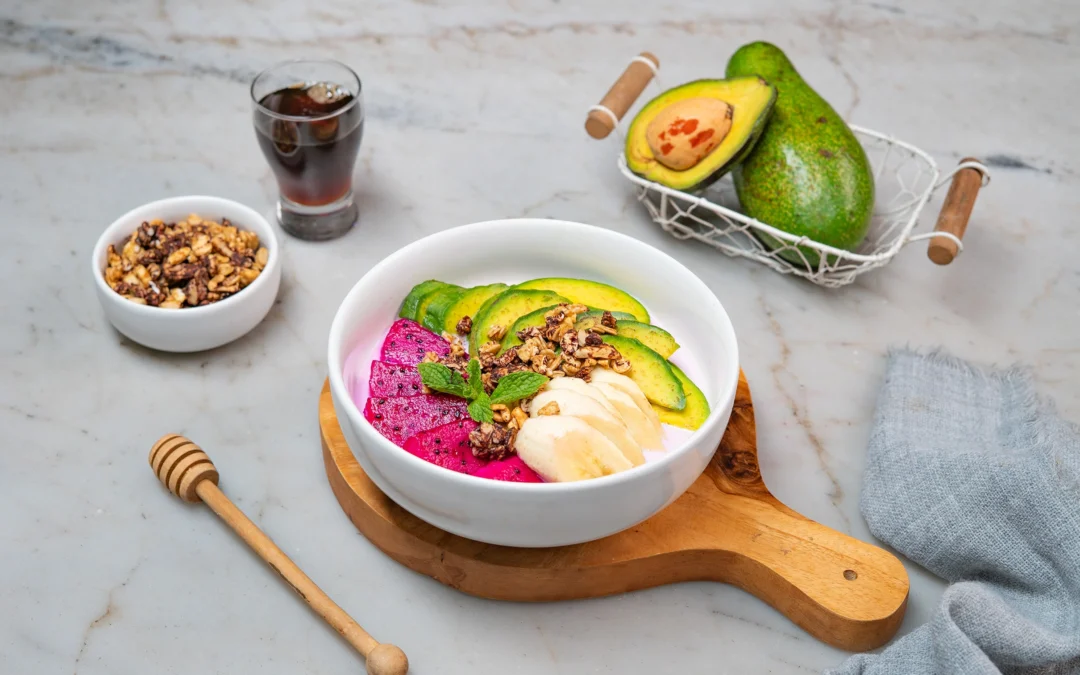
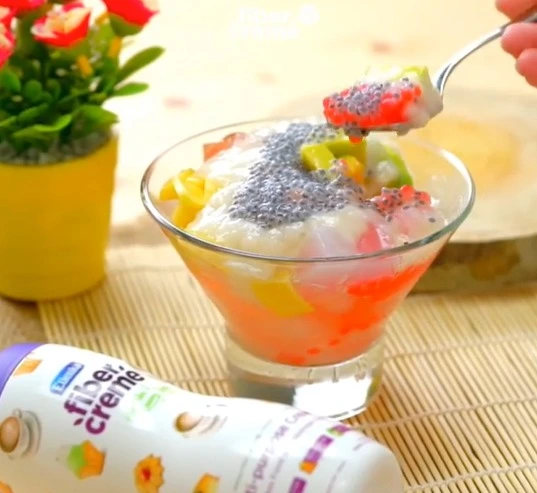
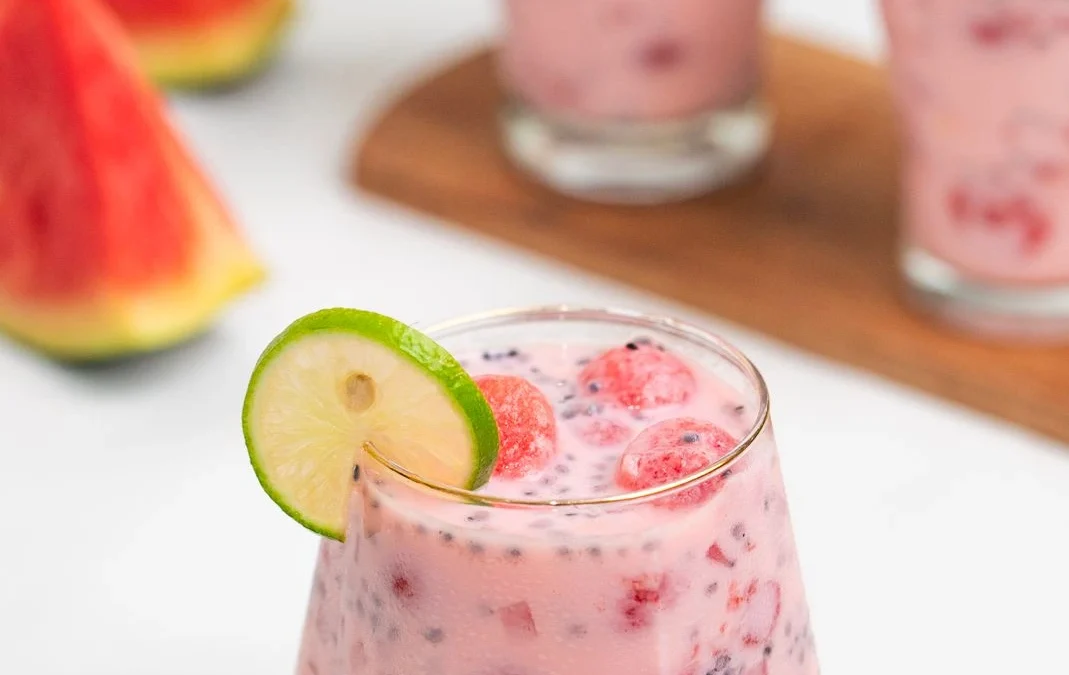
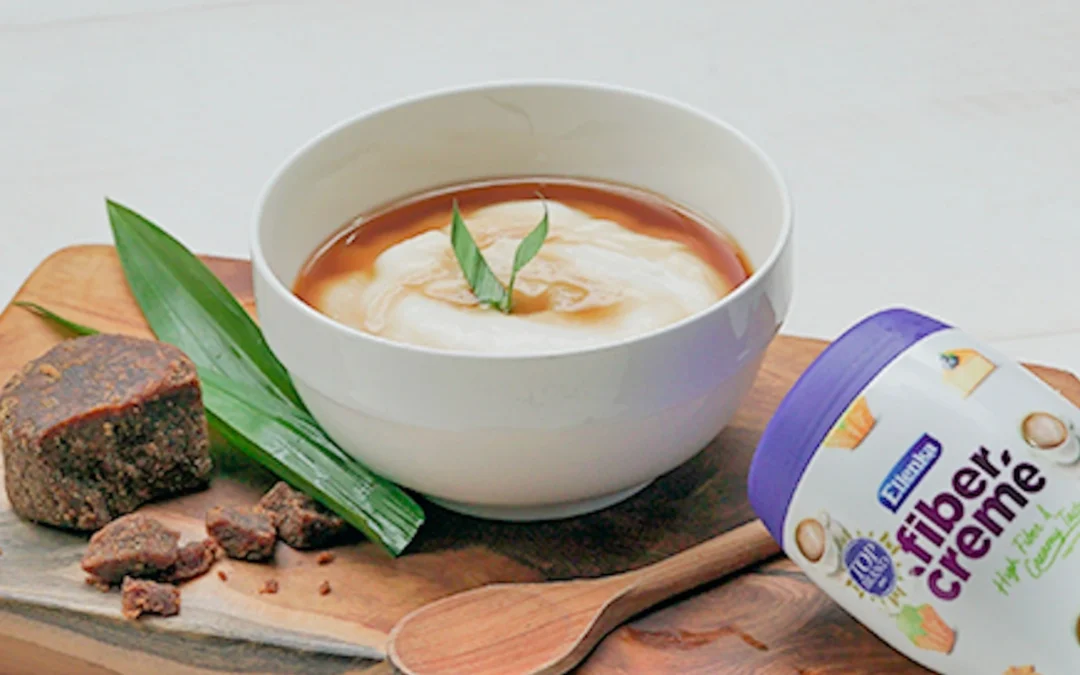
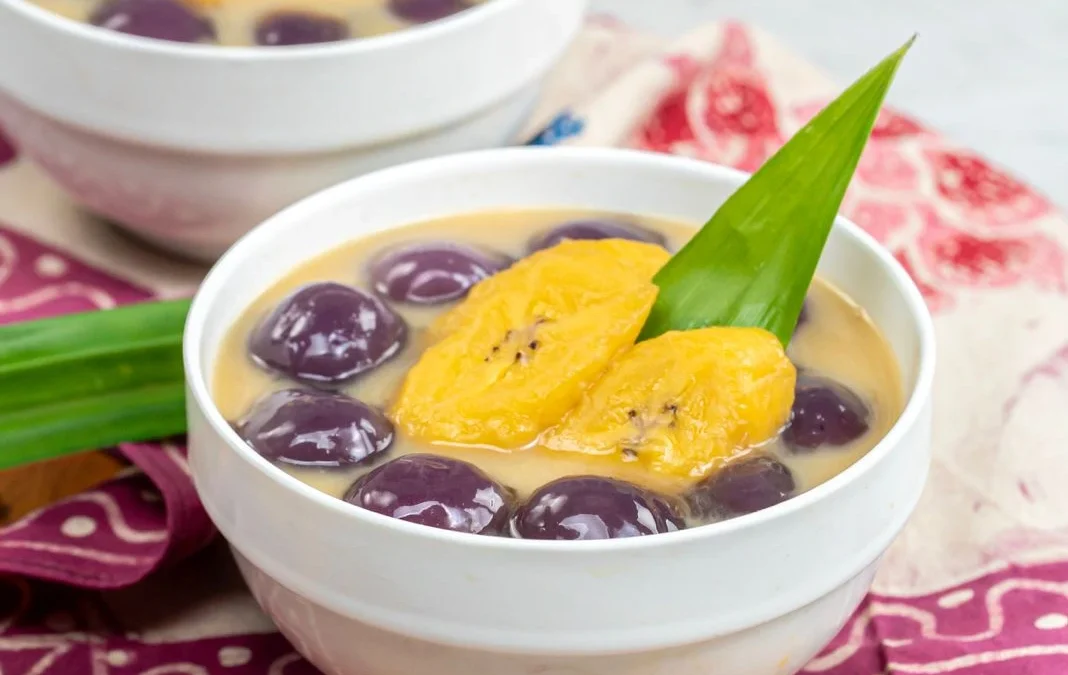
0 Comments